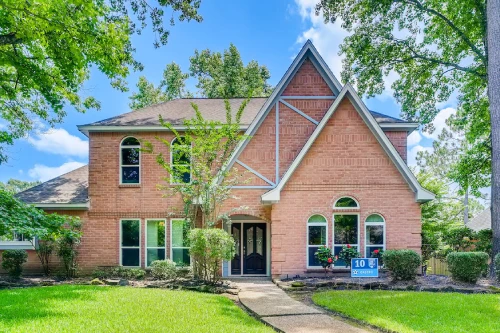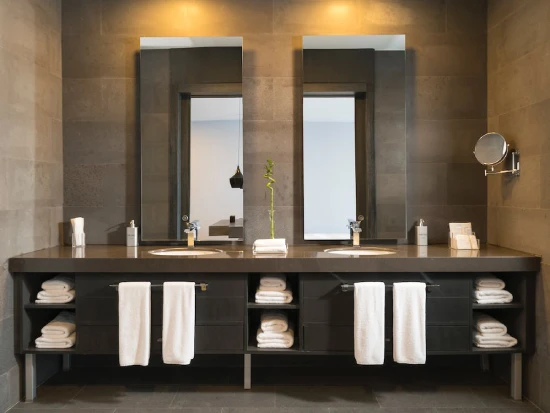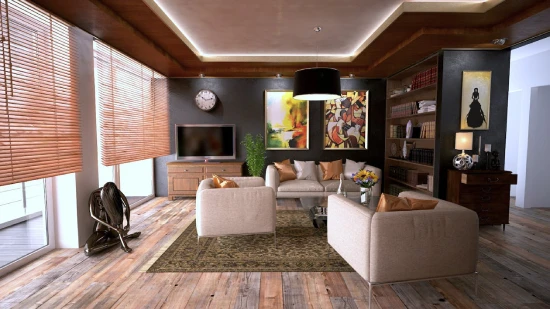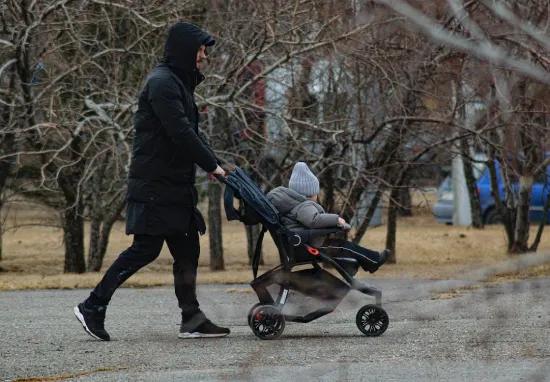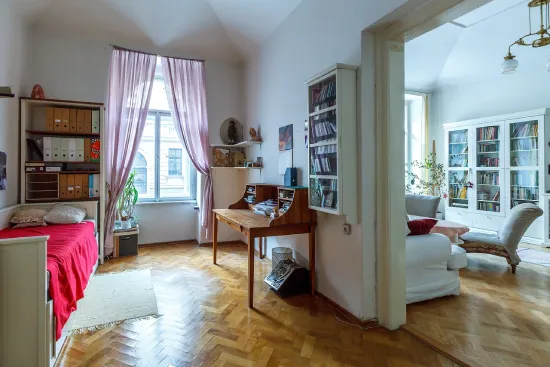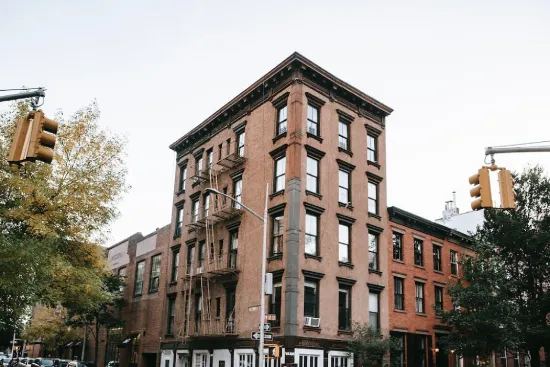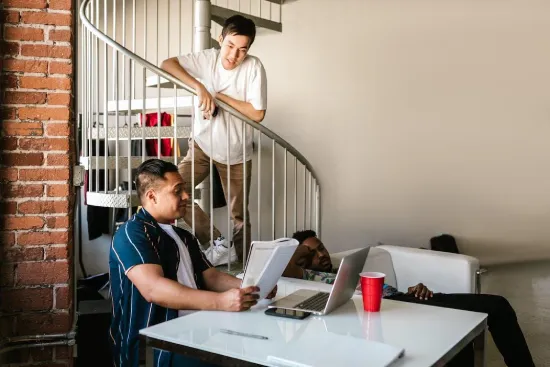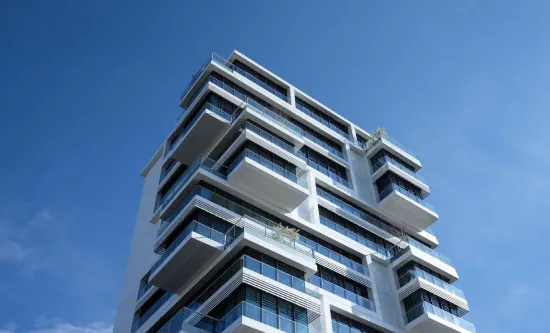What Are Rent-Stabilized Apartments In NYC?
Rent-stabilized apartments are a form of rent-regulated apartments that have existed since 1969. In these apartments, the landlord can only increase the rent by a percentage determined by the Rent Guidelines Board. For leases commencing between Oct 2022 and September 2023, the percentages are:
- 25% for a one-year lease
- 5% for a two-year lease
The idea behind rent stabilization was to improve housing affordability in New York and to ensure that long-term tenants are not priced out of the apartments by rapidly rising rents in the city. There are about a million rent-stabilized apartments in New York that makeup over 28% of the entire housing stock and 44% of the rental stock in the city.
Rent-stabilized apartments can generally be found in two types of apartments (with six or more apartments):
- Buildings that were built between Feb 1947 and Dec 1973. Some older buildings are subject to rent stabilization as well.
- New constructions/newer buildings receive tax benefits under 421-a property tax. Not all apartments in such buildings may be rent-stabilized.
The rent-stabilization status may be revoked for a number of reasons, so even if you are buying in a building that falls in the right construction age range, your apartment may not be rent-stabilized. If you are renting in an old rent-stabilized building, you don’t need to meet an income threshold to qualify. It was possible to revoke the rent-stabilized status of an apartment with a tenant that had an income of over $200,000 for two consecutive years and had a rent above a certain threshold, but it has been repealed in the 2019 NYC rent law.
The other two types of rental apartments (from a rent-regulation perspective) are:
Market-rate apartments that are not rent-regulated. The landlords can charge whatever rent they see fit based on the open market rates. The open market rates are usually calculated by comparing them to the rent of similar properties, typically in the same area. The landlord can also increase the rent at their own discretion.
Rent-Controlled apartments are very rare and there are only about 16,400 of them left in the city. They have very low rent, but they can only be occupied by tenants that have been there since 1971 (or before) or have been inherited by a family member that has lived at least two years with the original tenant. So even though they exist, they are essentially out of the market for prospective tenants.
Benefits Of Rent Stabilized Apartments?
- Affordable rent is the most obvious benefit of rent-stabilized apartments. The rent of a market-stabilized may be far below a comparable market-rate apartment, even within the same neighborhood.
- Automatic lease renewal is the second most important benefit of rent-stabilized apartments. The landlord is obligated to renew your lease after each term. The original lease should have a rent-stabilization rider and the lease should be for one year (12 months) or two years (24 months).
Both affordable rent and renewals ensure that tenants who live there are able to put down roots. Their rent won’t go up by a significant margin at the end of the lease term, and unless the landlord has legal grounds, they cannot be evicted. Thus, rent stabilization achieves its aim of preventing frequent displacements of tenants.
How To Look For A Rent-Stabilized Apartment In NYC
Even though most tenants tend to stay put in their rent-stabilized apartments, there are still turnovers. A comprehensive study of over 925,000 rent-stabilized apartments showed that the turnover rate between 2010 and 2015 was about 12% across the city. It was as high as 32% in some neighborhoods. So people do leave their rent-stabilized apartments, creating an opportunity for other tenants. However, since new laws were passed in 2019 to give more protection to the tenants in rent-stabilized apartments, the turnover rates might go down significantly.
A few ways to find a rent-stabilized apartment are:
- Using the advanced search options of websites like Streeteasy and looking for “rent-stabilized apartments” as a keyword is one way to find such apartments. Since these apartments are highly coveted, you should try and conduct multiple searches during the day to improve your chances of finding one before others. There are over 60 such apartments in Brooklyn alone (At the time of writing this) and at least 40 of them have a rent of less than $3,000. Other websites to find rent-stabilized apartments are Transparent City, Renthop, and Zumper.
- If you only want to look within a specific zip code, you can look into the list of buildings with rent-stabilized apartments in that zip code maintained by the Division of Housing and Community Renewal (DHCR).
- Affordable housing lottery is your best bet to rent a rent-stabilized apartment in new construction. The NYC Housing Connectwebsite can give you information about multiple lotteries that you might be eligible for based on the size of your household and your yearly income. Unlike older apartments, new constructions can set their own criteria for tenants that may deserve affordable housing.
How To Find Out If The Apartment You Are Renting Is Rent Stabilized Or Not?
If you believe that the apartment you are renting or about to rent should be rent-stabilized by the landlord is asking you for market-rate rent, you can:
- Search in the database – Am I Rent Stabilized?
- Ask DHCR for your rent and rent increase history. This is a good practice, even if your lease has a rent-stabilized rider, to ensure that you are not being overcharged.
It’s important to note that a landlord is allowed to raise the rent beyond the minimum threshold if they have made improvements in the apartment (Individual Apartment Improvement – IAI) or building as a whole (Major Capital Improvement – MCI), but they are severely limited by how much they can raise the rent to cover the costs of these improvements, by the new 2019 law.
Can A Landlord Refuse To Renew Your Lease In A Rent-Stabilized Apartment and Evict You?
After the new protections, there are only three ways a landlord is legally allowed to not renew your lease for a new term:
- You broke the term of the lease. This may include getting a pet while your lease forbids it. But the most common claim is that you may not be using a rent-stabilized apartment for your primary residence. In most other cases, you may be allowed to rectify the situation (like getting rid of the pet), but if your landlord can prove in court that you do not use your rent-stabilized apartment as your primary residence, you can be evicted.
- They need to repossess the apartment for their primary residence. Tenants over 62 years of age or with disabilities are eligible for an alternative property.
- The building is going through a significant renovation that cannot be conducted while tenants are occupying them. Tenants can negotiate an alternative or a buyout.


